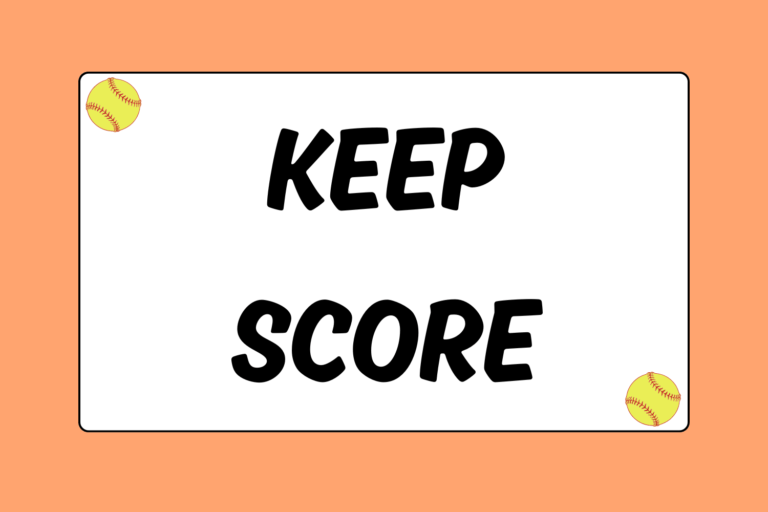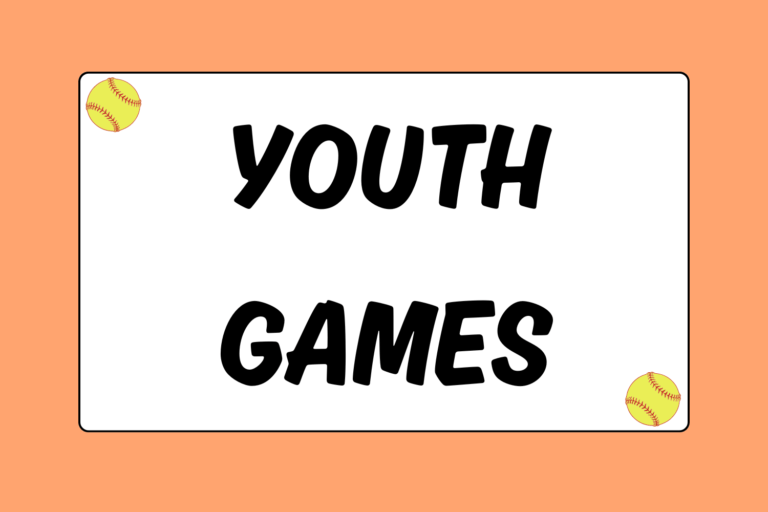A catcher has three primary responsibilities behind the plate: Call the pitch, catch the pitch, and make every questionable pitch look like a strike.
It sounds simple, right? Well, no pitcher is going to throw a strike 100 percent of the time. This makes the catcher’s job a little more demanding because she must try to make these pitches appear to be strikes.This can be an enormous amount of pressure on a catcher, but if she has the right tools, it’s a skill that anyone can master!
Optical Illusions
When you assume the catcher’s position, you’re responsible for more than just catching the ball. It’ll be your duty to frame each and every pitch so that even if it’s questionable, the umpire will see a strike. Depending on the pitch, you’ll use different strategies, but the intention will always remain: Help the pitcher get more strikeouts.
- Frame it with your wrist: All of the tips below explain how to frame the pitch. But first, it important to frame every pitch with your wrist, not your arm. This will minimize your movement, which is the ultimate goal.
- Down the middle: This pitch is the easiest to catch because framing isn’t necessary. With your fingers on top of the ball, relax your arm and keep your fingers pointed towards the pitch as you catch it. Your glove will be behind (the pocket) and on top (the fingers) of the ball.
- Inside pitch: When you catch an inside pitch, your glove needs to be outside of the ball. As you catch it, snap your glove towards the plate by curling your wrist and fingers in towards the dish. Your pinky finger will end up somewhat parallel to the ground.
- Outside pitch: When you frame an outside pitch, your glove needs to be outside of the ball. You will have to turn your wrist so your thumb is below the ball. As you catch it, snap your glove towards the plate by twisting your wrist and fingers in towards the plate. Your thumb should end up roughly parallel to the ground.
- High pitch: When a high pitch is thrown, get on top of it. That means your fingers should be above and on top of the ball (all fingers pointed towards the pitch and somewhat parallel to the ground). If you leave your fingers pointed up and your glove sits behind the ball (instead of on top of it), the pitch will appear even higher than it is and a ball will likely be called.
- Low pitch: Try to get your thumb underneath the pitch and don’t let your glove touch the ground (unless you have to block it). Often, the best strategy to frame a low pitch is to catch it like an outside pitch. Doing so will give you a better likelihood of having the pitch be called a strike.
- Low & inside: If the pitch is low and inside, there will be a higher possibility that it’s called a strike if you frame it like an inside pitch. You may also drop your glove-side leg to the ground to get lower (so your pinky stays parallel to the ground as you catch it). This may give the umpire the illusion that you didn’t need to drop your arm to get the ball.
If you are having difficulty understanding the concept of curling your wrist (and the ball) towards the plate, think of twisting it. Your glove always needs to be to the outside of the ball when you frame the pitch, so twist your wrist to get it there.
Hot Tip: Quiet behind the Plate
When you’re behind the plate, you want to be relaxed and quiet, which means no jerky movements. Be smooth and fluid as you move your glove to frame the ball. If you don’t flail your arm to catch the ball, the umpire is more likely to think it’s a good pitch and call it a strike. Think of making only one movement to the ball with your hand and wrist; anything excessive will only hurt you. And always remember to frame it with your wrist, not your arm.
Strike!
The purpose of framing the ball is to get the strike. A skilled catcher is a batter’s worse nightmare and a pitcher’s best friend. Remember, an umpire will never call a strike he cannot see. So in terms of movement, less is more — be smooth and stay relaxed behind the plate. Make every pitch count, keep your glove to the outside of a borderline pitch, and frame it for the strike!





